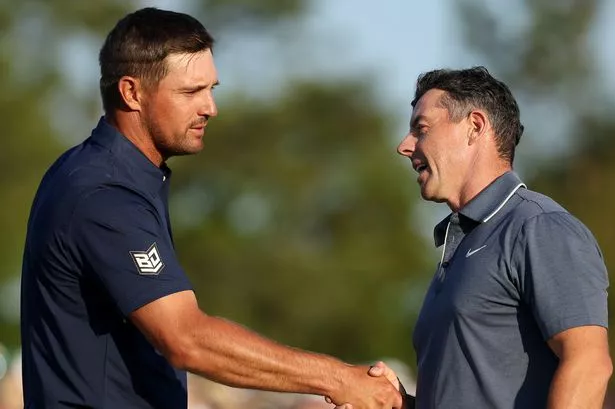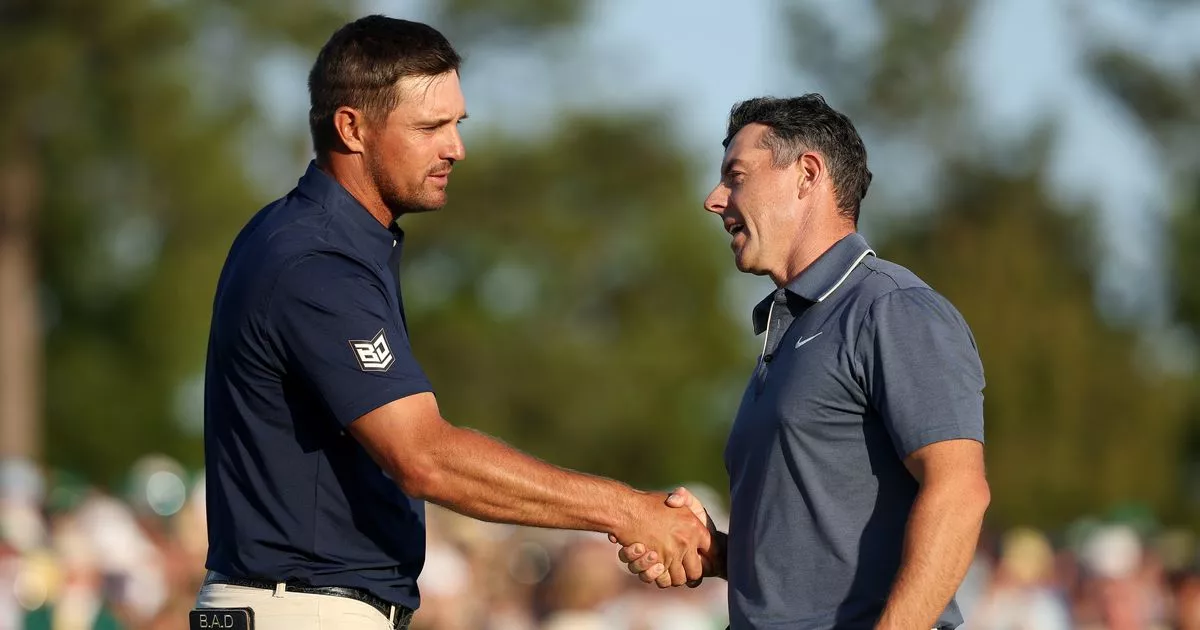The difficulty of the U.S. Open at Oakmont has loomed large on the horizon for months, and players’ worst fears are set to materialize after Rory McIlroy and Bryson DeChambeau’s scouting trips
11:56 ET, 06 Jun 2025Updated 11:57 ET, 06 Jun 2025
 Bryson DeChambeau and Rory McIlroy already know the dangers that lurk at Oakmont(Image: Richard Heathcote/Getty Images)
Bryson DeChambeau and Rory McIlroy already know the dangers that lurk at Oakmont(Image: Richard Heathcote/Getty Images)
Thick, juicy rough is not the only challenge U.S. Open hopefuls will encounter at Oakmont next week after the United States Golf Association (USGA) revealed what it has in store for the greens.
The U.S. Open is traditionally the major played with the most testing conditions, with penal rough and ice-rink-like greens making scoring very difficult for the world’s best players. But it seems the USGA intends to take the difficulty to another level at Oakmont, where the 125th U.S. Open begins on Thursday.
The Pennsylvania course prompted the creation of the stimpmeter – which measures the speed of greens – 90 years ago, and the tool has been used for decades by the USGA. It is not unusual for U.S. Open greens to run at 13.0 or more on the stimpmeter, which is significantly faster than the PGA Tour average of 10-12.
READ MORE: French Open winner looks unrecognizable now five years after retiring from tennisREAD MORE: Caitlin Clark double standards called out as WNBA icon Sue Bird has her say
At Oakmont next week, however, players will feel like they are putting on glass. Golf Channel’s Todd Lewis reports the USGA intends for the greens to run between 14.5 and 14.9.
And if that is not enough, the rough is “dense and uniformed at five inches,” meaning players will be punished for any slight misjudgment in any part of their games.
Both Rory McIlroy and Bryson DeChambeau have made scouting trips to Pittsburgh in recent days to get a feel for Oakmont, where Angel Cabrera won in 2007 with a score of five-over-par, summing up the scale of the challenge.
Reigning U.S. Open champion DeChambeau recorded his practice round for a video uploaded to his YouTube channel, and he showed off just how punishing the rough is.
“Oh my gosh,” he said as he saw a flicker of his ball hidden in the jungle that lines the fairways and greens. “That is cooked beyond belief. That’s more than half-baked there. It’s burnt to a crisp. Oh my gosh.”
The LIV Golf star showed off his immense short-game talent by somehow popping the ball up and onto the dancefloor, leaving a lengthy par putt.
He was quick to emphasize the level of difficulty, telling viewers: “I’ve got nothing. That’s what Oakmont does to you. That’s some thick rough.”
Later in the video, he added: “This place ate my lunch today. Glad to get a little practice round in. The history of this place is amazing and what an honor to play.”
McIlroy, meanwhile, was at Oakmont on Monday to familiarize himself with the course, and he revealed just how difficult he found it to Golf Channel’s Eamon Lynch.
During the network’s coverage of U.S. Open final qualifying, Lynch said McIlroy made a triple bogey at the par-four second despite hitting “three good shots.”
The big-hitting Masters champion also had to use a 3-wood on the devilish 298-yard par-three eighth, and he would make bogey. The five-time major champion has surely not needed so much club on a par-three since he was a child.
McIlroy was not the only player who found Oakmont to be a cruel beast, according to Lynch, who said 2013 Masters champion Adam Scott shot three-over-par for his front nine in practice despite hitting every fairway.
